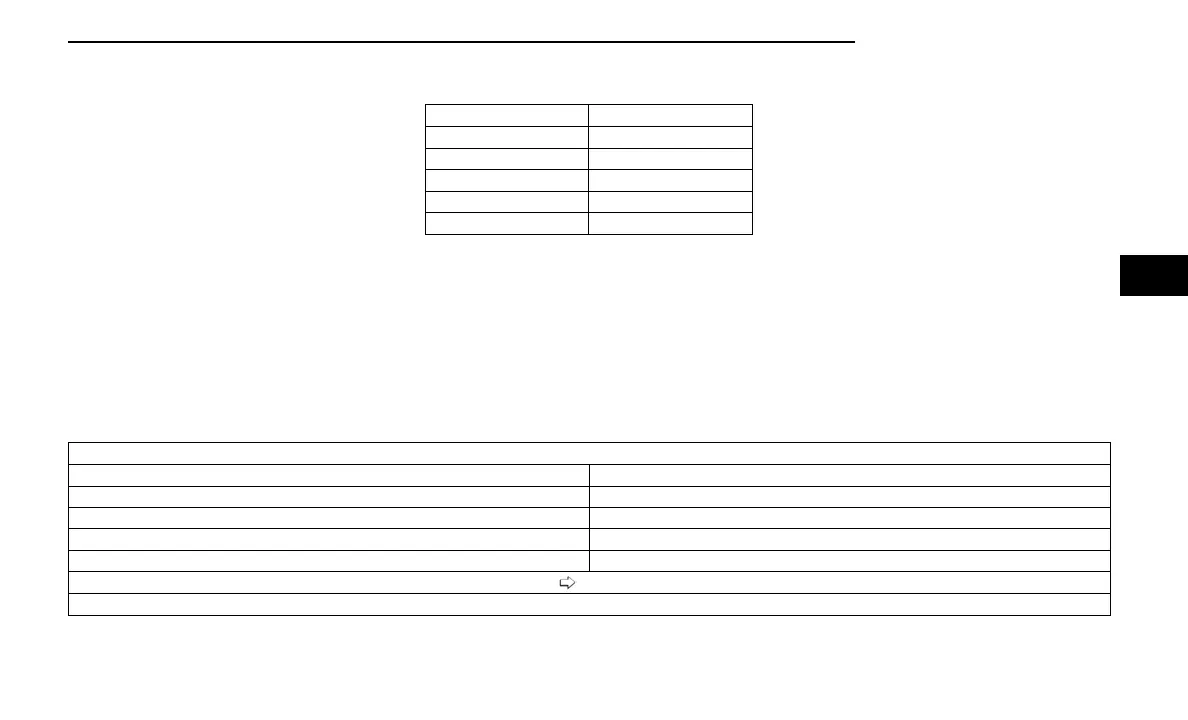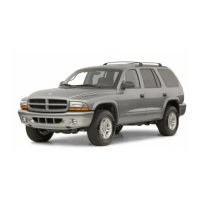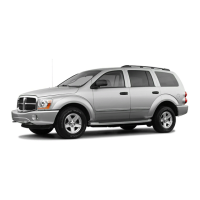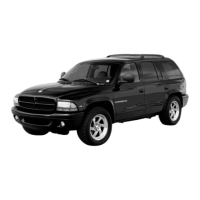2. Attach the trailer to the vehicle without the weight
distribution bars connected.
3. Measure the height from the top of the front wheel
opening on the fender to the ground; this is height
H2.
4. Install and adjust the tension in the weight distribut-
ing bars per the manufacturers’ recommendations
so that the height of the front fender is approxi-
mately (H2-H1)/2+H1 (about 1/2 the difference
between H2 and H1 above normal ride height [H1]).
NOTE:
This method is approximate. If available, use scales
for greater accuracy when setting the weight distri-
bution hitch, especially for trailer loads near or at
the maximum trailer weight rating.
5. The vehicle can now be driven.
Measurement Example Example Height (mm)
H1 925
H2 946
H2-H1 21
(H2-H1)/2 10.5
(H2-H1)/2 + H1 935.5
NOTE:
For all towing conditions, we recommend towing with
tow haul mode engaged (if equipped).
TRAILER HITCH CLASSIFICATION
The following chart provides the industry standard for the maximum trailer weight a given trailer hitch class can tow and should be used to assist you in selecting the correct
trailer hitch for your intended towing condition.
Trailer Hitch Classification Definitions
Class Max. Trailer Hitch Industr y Standards
Class I - Light Duty 2,000 lb (907 kg)
Class II - Medium Duty 3,500 lb (1,588 kg)
Class III - Heavy Duty 6,000 lb (2,721 kg)
Class IV - Extra Heavy Duty 10,000 lb (4,535 kg)
For the Maximum Gross Trailer Weight (GTW) towable for your given drivetrain see
page 124.
All trailer hitches should be professionally installed on your vehicle.
STARTING AND OPERATING 123
4

